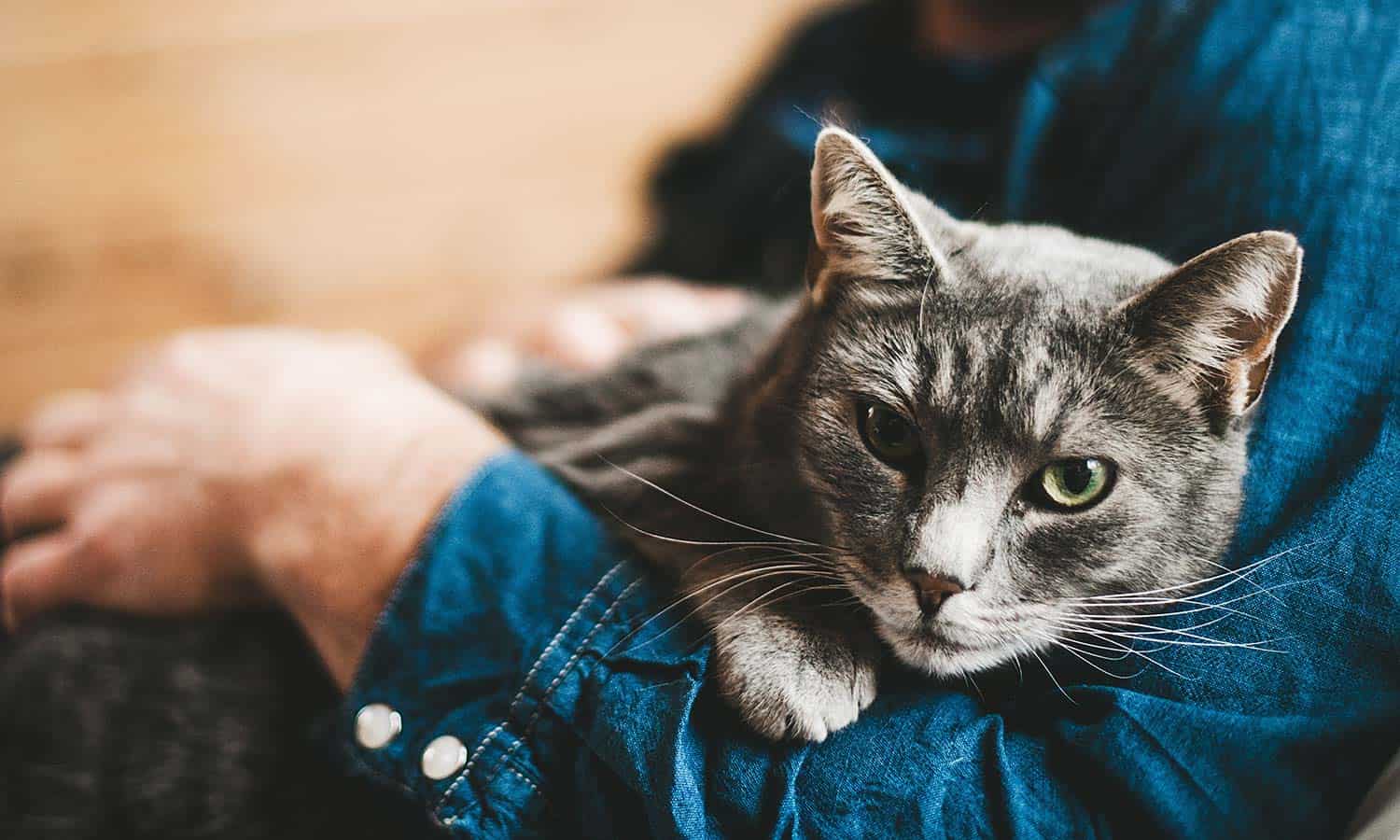Advanced, Personalized Anesthesia - the Only Service of its Kind in Western New York
At Orchard Park Veterinary Medical Center, your pet's safety and comfort come first. We are proud to be the only veterinary practice in Western New York with a board-certified Veterinary Anesthesiologist on our team full-time, offering a level of anesthesia care unmatched in the region.

Meet Dr. O'Donovan, DACVAA
Our Anesthesiology Department is led by Dr. O'Donovan, DACVAA, whose expertise enhances every aspect of our surgical and medical care.
She Provides:
- Comprehensive pre-anesthetic evaluations
- Customized anesthesia plans for routine and complex cases
- Continuous advanced monitoring throughout procedures
- Rapid intervention in emergencies
- Post-operative pain management and recovery support.
Her presence not only improves patient safety–it also allows our surgeons to focus fully on the procedure, increasing efficiency and enabling more pets to recieve the care they need each day.
Why a Dedicated Anesthesiologist Matters
Every pet is unique. A dedicated anesthesiologist ensures:
- Heightened Safety for all patients, especially seniors and medically fragile pets
- More consistent outcomes through individualized protocols
- Better comfort with advanced pain control and recovery planning
Advanced Monitoring & Safer Procedures
Your pet is monitored using state-of-the-art equipment, including ECGs, non-invasive and invasive blood pressure monitoring, oxygen saturation, capnography, and temperature regulation. Continuous, hands-on oversight allows for immedate adjustments and a smoother, safer anesthetic experience.
A Team Approach to Exceptional Care
Our anesthesiology service supports all departments – Surgery, Emergency & Critical Care, Internal Medicine, Oncology, Neurology, Dentistry, and Imaging – ensuring safe anestehsia whenever it is needed.
Please note: Dr. O'Donovan does not provide direct client consultations. As our in-house board-certified Anesthesiologist, she develops individualized anesthesia and pain-management plans for patients within the hospital and works collaboratively with our medical and surgical teams to support safe, effective care.


